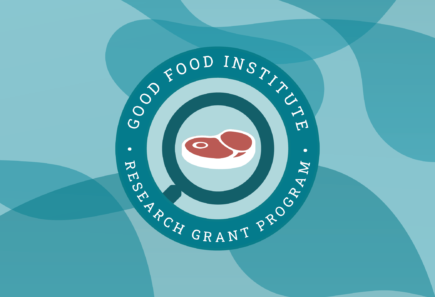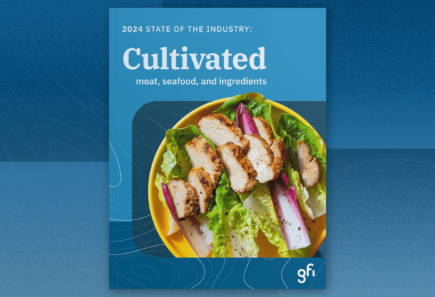
Analyzing cell culture medium costs
This white paper explores several scenarios for cost reduction of cell culture media, one of the primary cost drivers for cultivated meat. It also presents a set of calculations for estimating cultivated meat production volumes.
Explore routes toward cost reduction for cultivated meat




